Karakul is a well-known material used everywhere to create winter leather and fur products. What is its history of origin, what is karakul fur, how is it obtained, karakul and karakulcha, what is the difference, what is swakara fur, what is karakul sur? This and other things will be discussed below.
- What is karakul: history of origin
- How to get karakul
- Types
- What is the difference between karakul and broadtail?
- What is the difference between astrakhan fur and other types?
- Swakara: What is this fur?
- Afghan karakul
- Types of fur raw materials obtained from the Karakul breed
- How to care for astrakhan products
What is karakul: history of origin
Karakul is a fur with veins of lambs' skin, which is taken from them on the first day after their birth. Supplementing the topic of what animal is karakul fur, it should be noted that this fur has a thick, elastic, silky structure. Unlike other materials, it has a variety of curls.
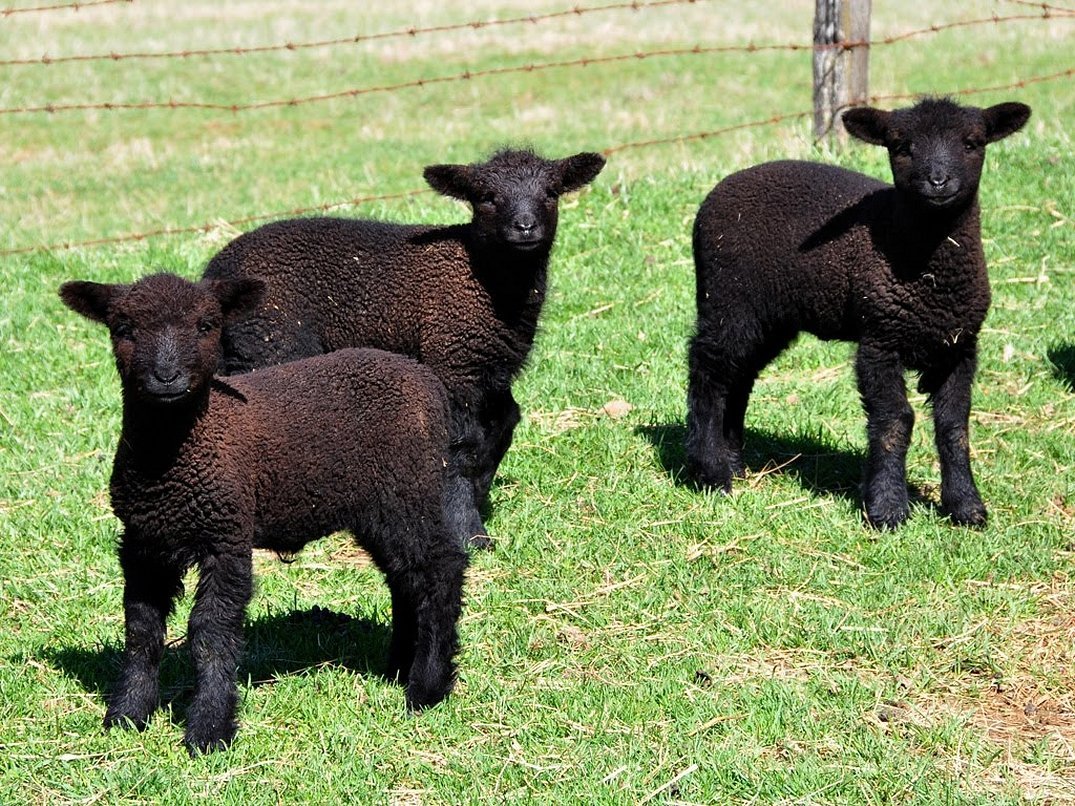
According to legend, its homeland is the territory of the Turks, today it is Uzbekistan. It appeared around the 8th century due to the Arabs capturing these lands. Along with the conquest, they brought a lot of their own to the culture. In particular, they brought Karakul sheep and began to make fur products from them. The natives noticed the fact that these animals live well in Asia.

In the 15th century, the Russian Tver explorer Afanasy Nikitin, famous for his discoveries of lands, brought astrakhan fur to Russian lands. Since then, they have become popular.
Attention! Today, karakul wool continues to be supplied from Central Asia, namely from Uzbekistan, Afghanistan, Turkmenistan, Kazakhstan and some other places, in particular Iraq, South Africa, Romania and Moldova. The most valuable furs are from Uzbekistan, Afghanistan and South Africa.
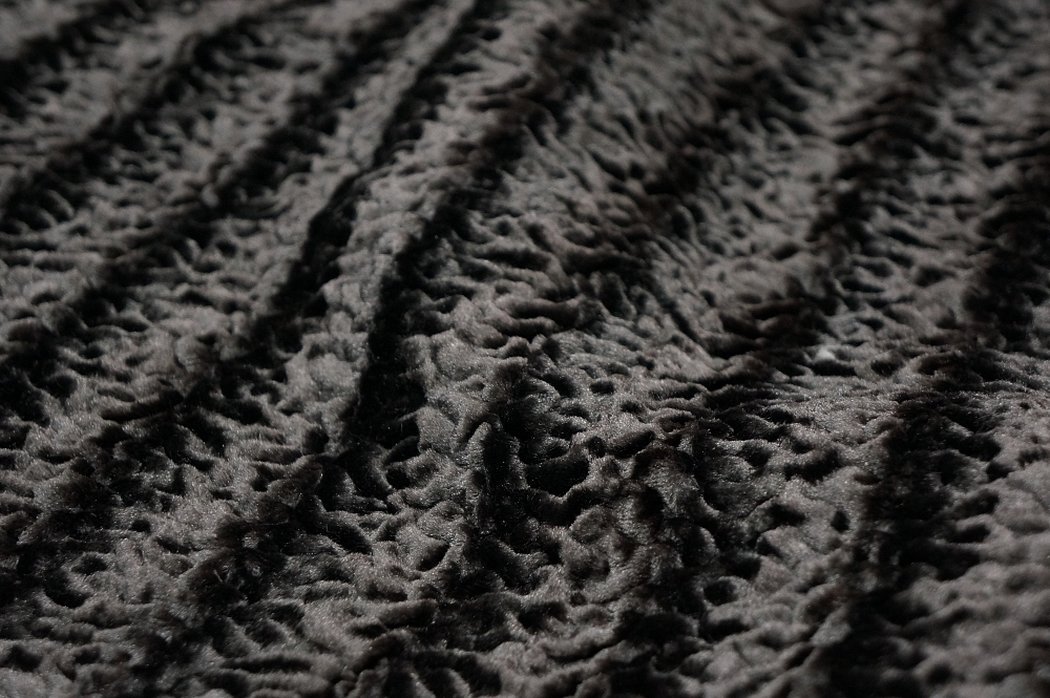
How to get karakul
In response to what karakul is, it should be noted that it is taken from karakul lambs, and karakul astrakhan with merlushka and strap from sheep with coarse wool. In terms of wear resistance, it is similar to sheepskin. Its natural color is black and gray. Sometimes it is dyed white. Its value lies in the unusual pattern formed from wool curls. Each skin is decorated with intricate lines and curls.
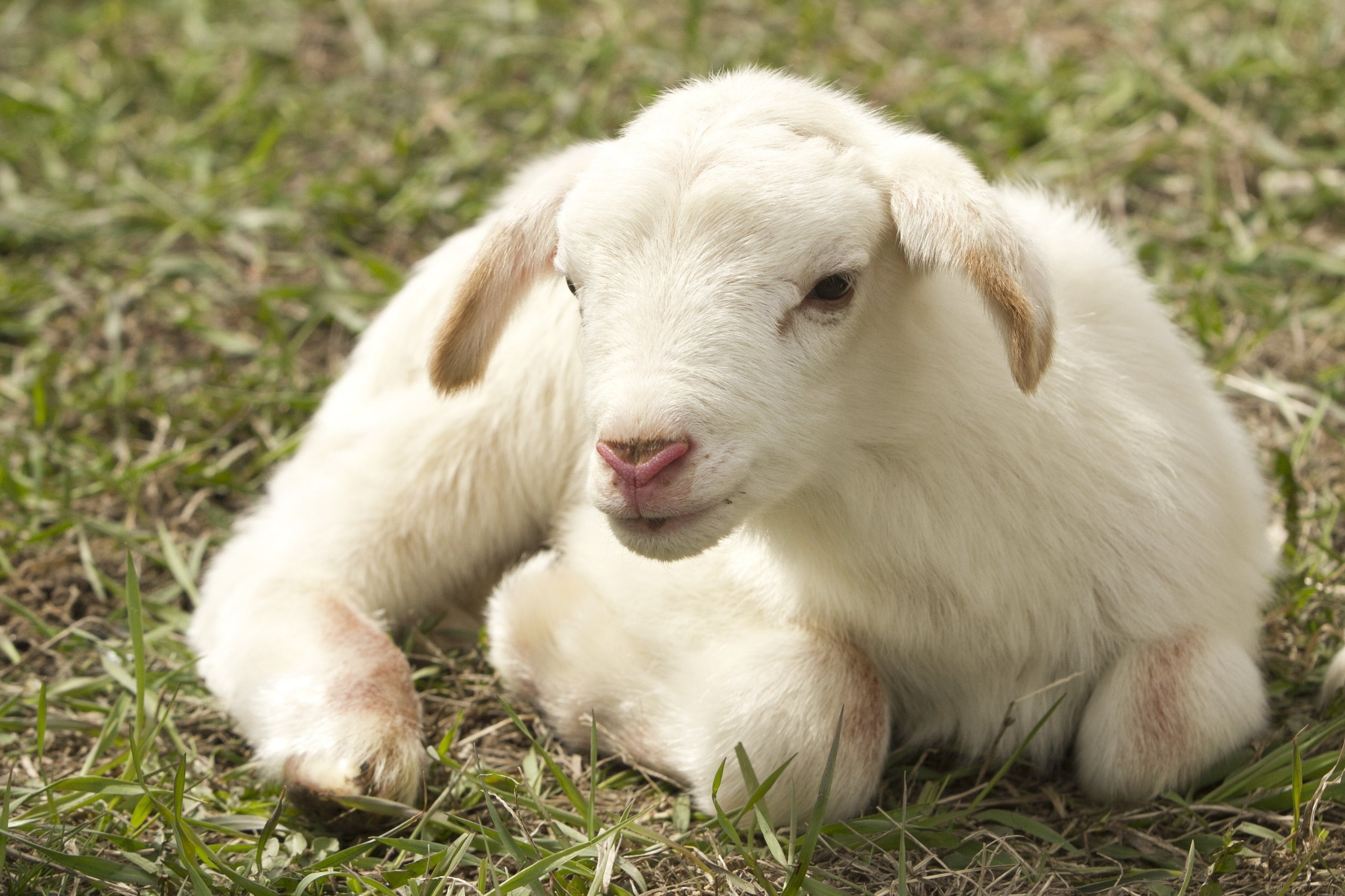
Types
Black karakul is divided by origin. For example, it can be Uzbek, Afghan, and South African.
Unlike other varieties, the first type is the cheapest. The peculiarity is in lightness with subtlety.
Afghan karakul has a ribbed-flat curl pattern. The skins are larger and of higher quality. Therefore, the price for this fur is higher.
South African wool is the most expensive. It is produced in remote Namibian regions. The wool is light and fine. Each of them has a beautiful curl.
Attention! Karakul is also divided into groups depending on the material, curls and elasticity.
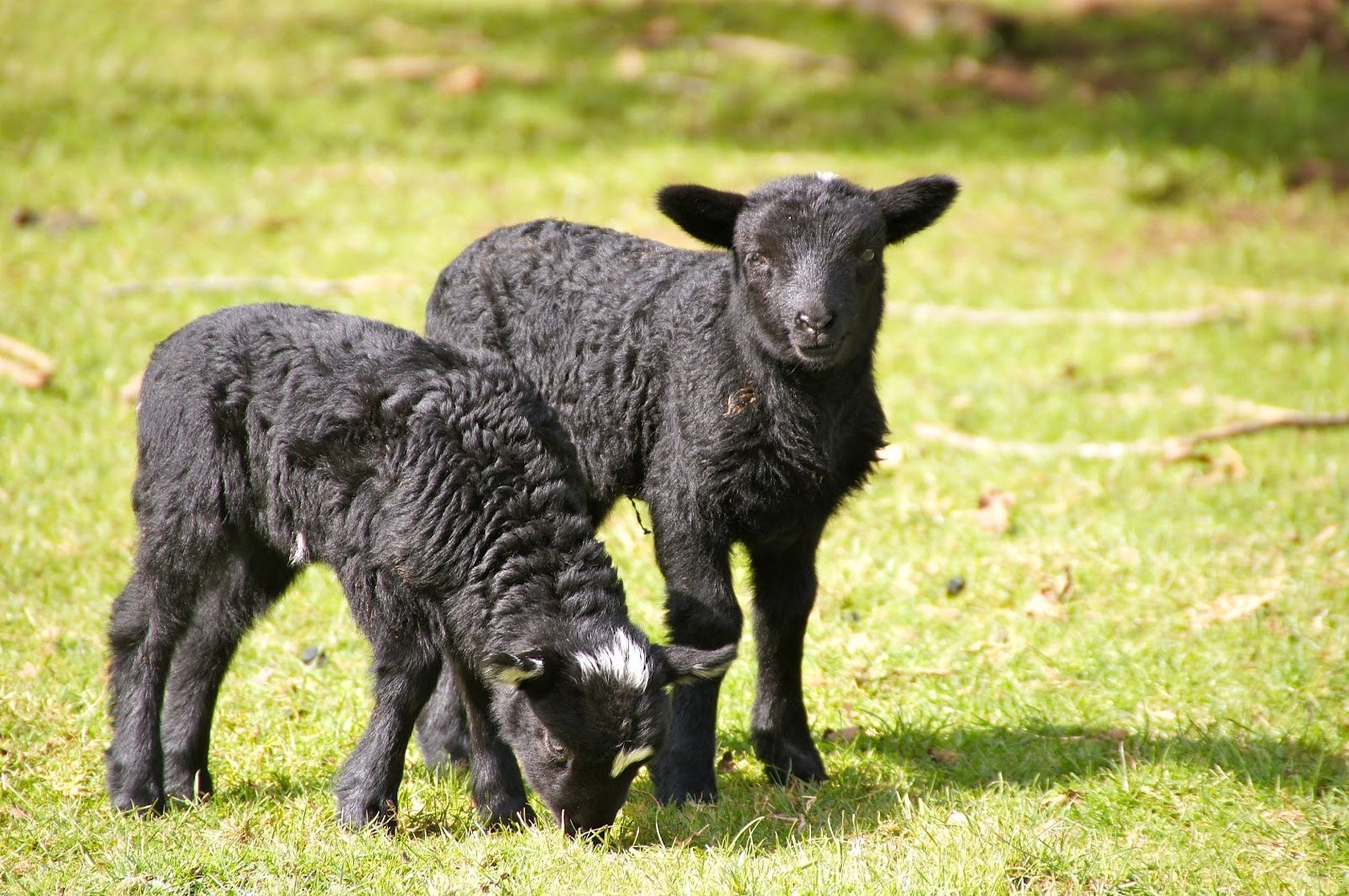
What is the difference between karakul and broadtail?
Karakul and kurakulcha are the same type of sheepskin fur. When discussing the topic of what kind of fur karakulcha is, it is worth noting that the difference is that karakulcha is fur from sheep embryos, and karakul is the fur of one- or three-day-old lambs that have reached their full maturity in the womb and were born.

What is the difference between astrakhan fur and other types?
Karakulcha fur is thick and silky. Its color varies, but the most popular is black. It has a unique pattern of wool curls. Gray fur has color transitions and is distinguished by a straighter structure. Chestnut and snow-white are in short supply. It is the most expensive.
Swakara: What is this fur?
In answer to the question, what is swakara fur, one can answer that swakara is the exclusive black, grey, brown or white fur of newborn Namibian lambs, which has a unique pattern. Since Namibian supplies are limited, swakara is very sought after and expensive.
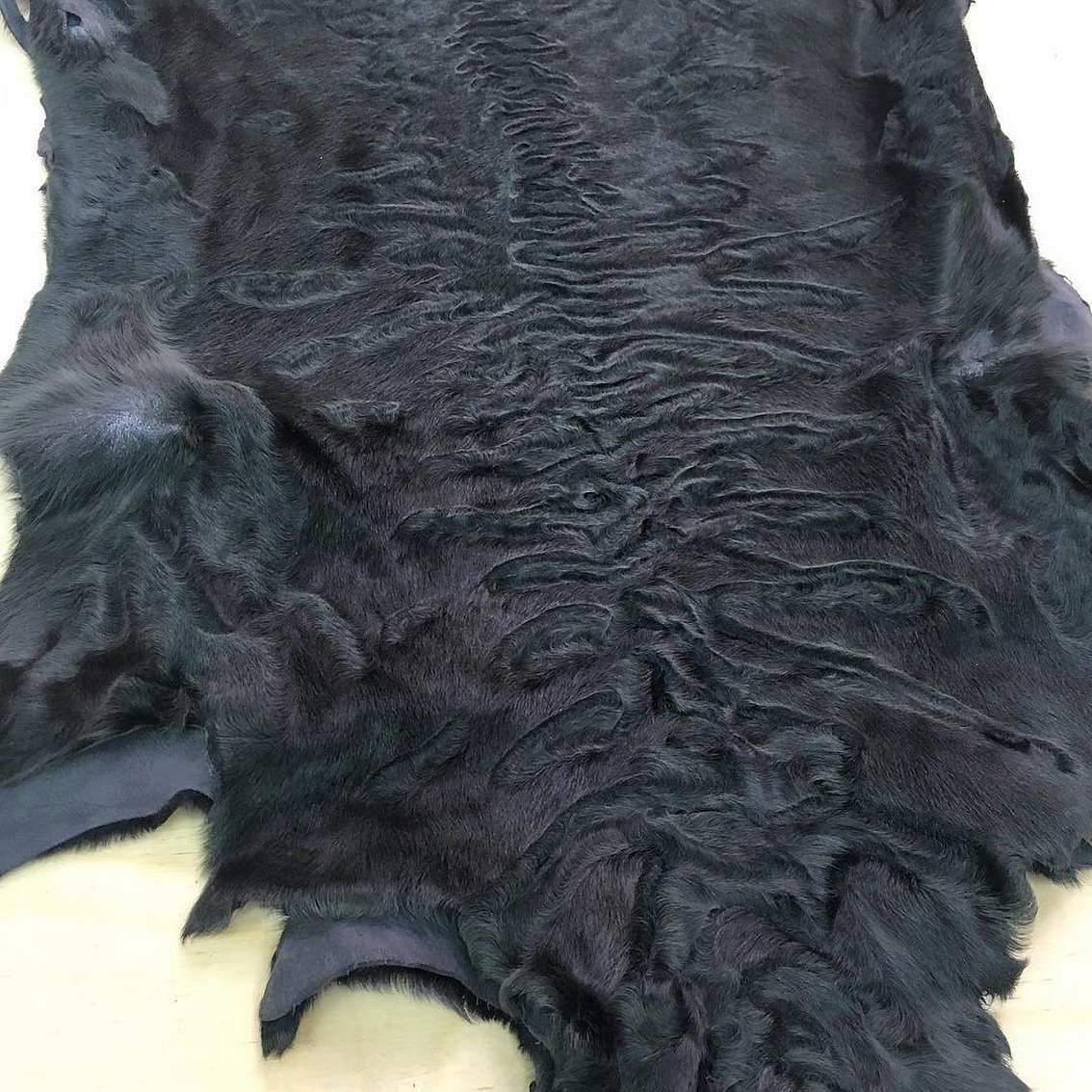
Afghan karakul
It is distinguished by its large size and weight, flat structure and ribbed curlicue pattern. One canvas can reach 1.2 to 2 meters in length. It has an extraordinary shine, which gives chic to the product made from it. It has high quality and density.
Attention! In response to how this type of karakul is obtained, it can be pointed out that it is obtained in the same way as all other types.

Types of fur raw materials obtained from the Karakul breed
How is karakul made and what types of karakul are there? The following types of fur raw materials are known, which can be obtained from unborn or newborn lambs:
- Smushka is the skin of a four-day-old lamb from a smushka sheep. It is distinguished by its softness, matte and shiny structure, loose and unbraided curls.
- Moire is a fabric with a moire pattern and low hairline.
- Klyam is a fabric with a low raised cover with manes and a moire pattern.
- Merlushka is a soft, coarse, glassy-shiny and matte wool, on which curls of various shapes are formed.
- The strap is a covering consisting of ring-shaped curls.
- Shakes and sak-sak - a cover consisting of ring-shaped and corkscrew-shaped curls. Has a silky structure.
- Golyak - skins with barely growing wool from four-month miscarriages and embryos of sheep.
- Kurakulcha is the skins of four-month-old embryos.
- Yakhobab - skins of month-old lambs that were obtained during forced slaughter.
- Tryasok is the woollen cloth of six-month-old lambs.
Attention! Also obtained from the Karakul sheepskin breed - the skin of adult animals. Often distinguished by its dryness and looseness.
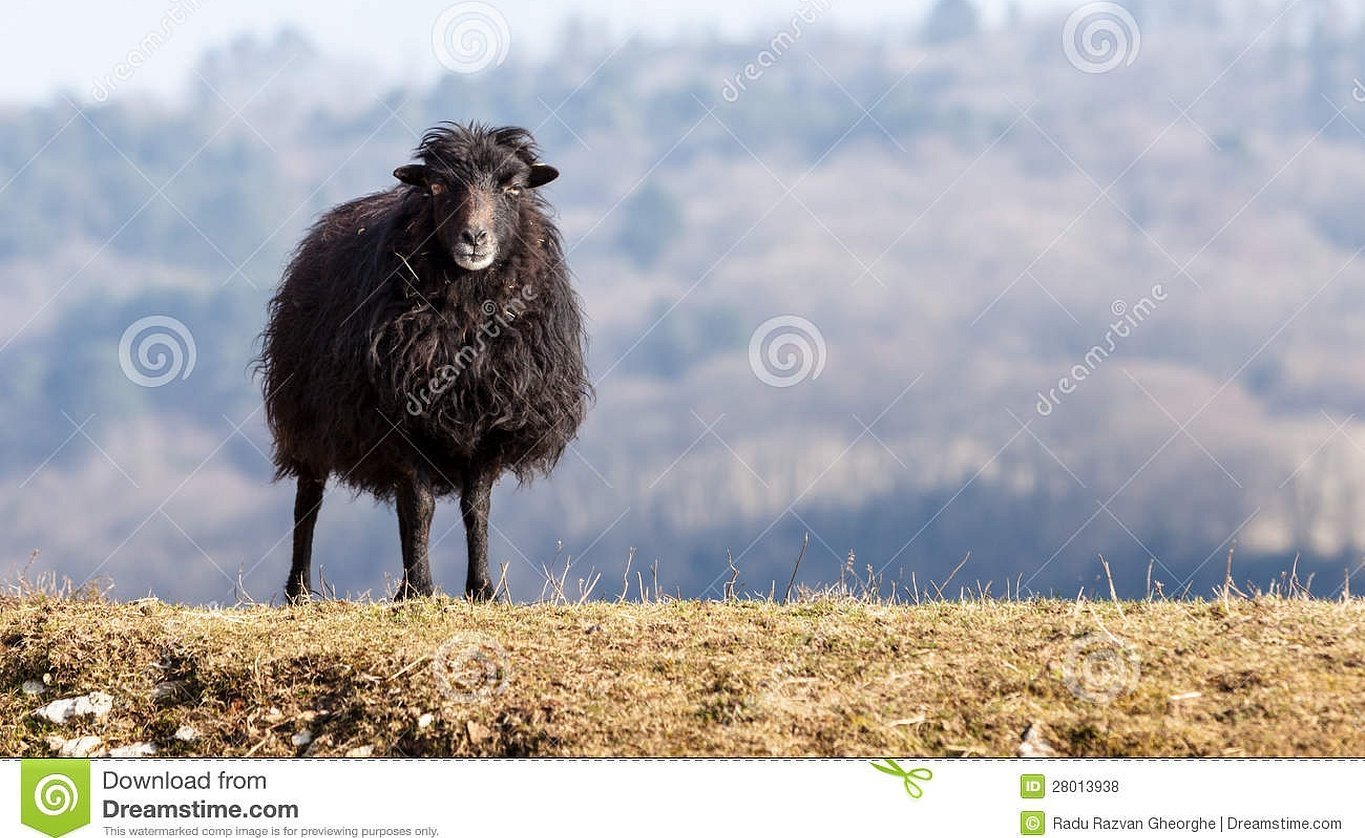
How to care for astrakhan products
It is necessary to care for astrakhan fur products in the same way as for other products. It is important:
- In summer, store your fur coat in a special fabric cover with a porous structure and protection from moths;
- Store the product only in the dark, do not press it against other things (free space is required);
- Dry it in a ventilated, non-sunny room on a chair hanger;
- Contact a dry cleaner if the fur becomes dull, stiff, greasy, or the structure of the item sags;
- Store fur hats wrapped in paper in a box.
It is also necessary to follow some rules to preserve the quality of such products:
- Do not dry fur near heating devices;
- Do not iron fur;
- Do not wet or wash fur products;
- Do not clean fur at home, do not store in bags;
- Do not apply perfume or cologne to the surface;
- Do not pin brooches or hang them near painted items;
- Do not leave in direct sunlight.
Attention! With proper care of fur products, you can preserve their appearance and extend their service life. If you follow the advice and treat them well, the product can last a long time and will please its owner.
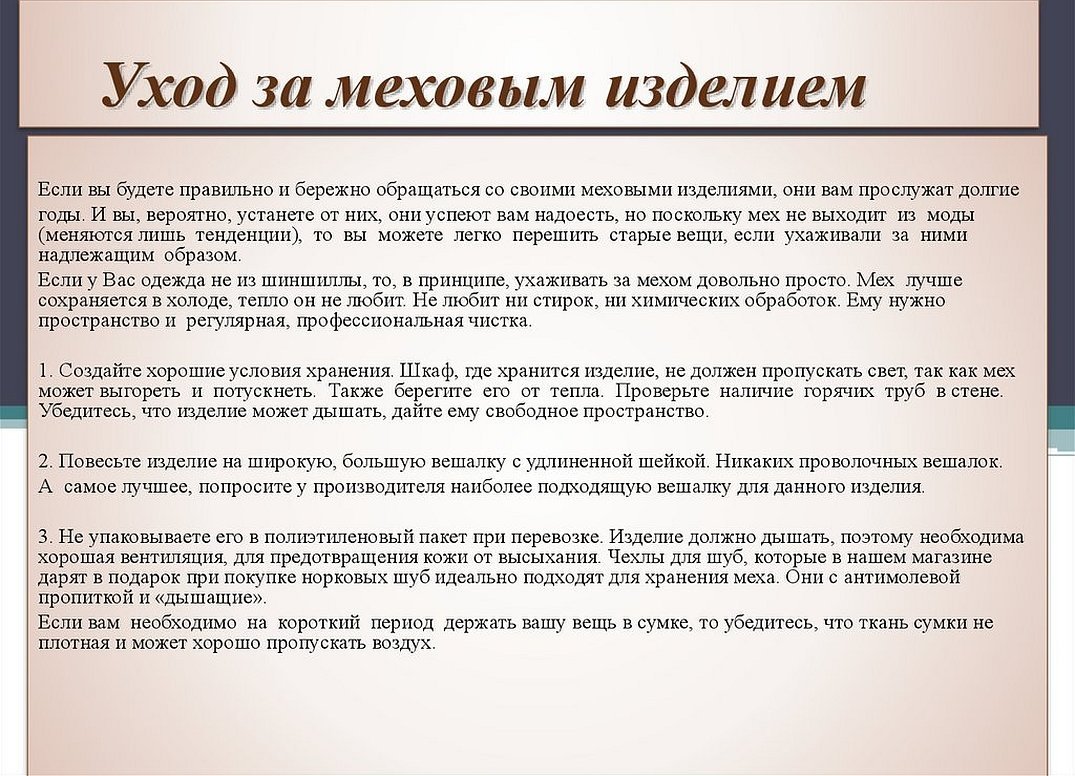
In general, karakul is a beautiful and rich fur of newborn lambs, supplied to Russia from Central Asia and South Africa. It comes in different colors, but the rarest is white. It is as easy to care for as any other fur.




